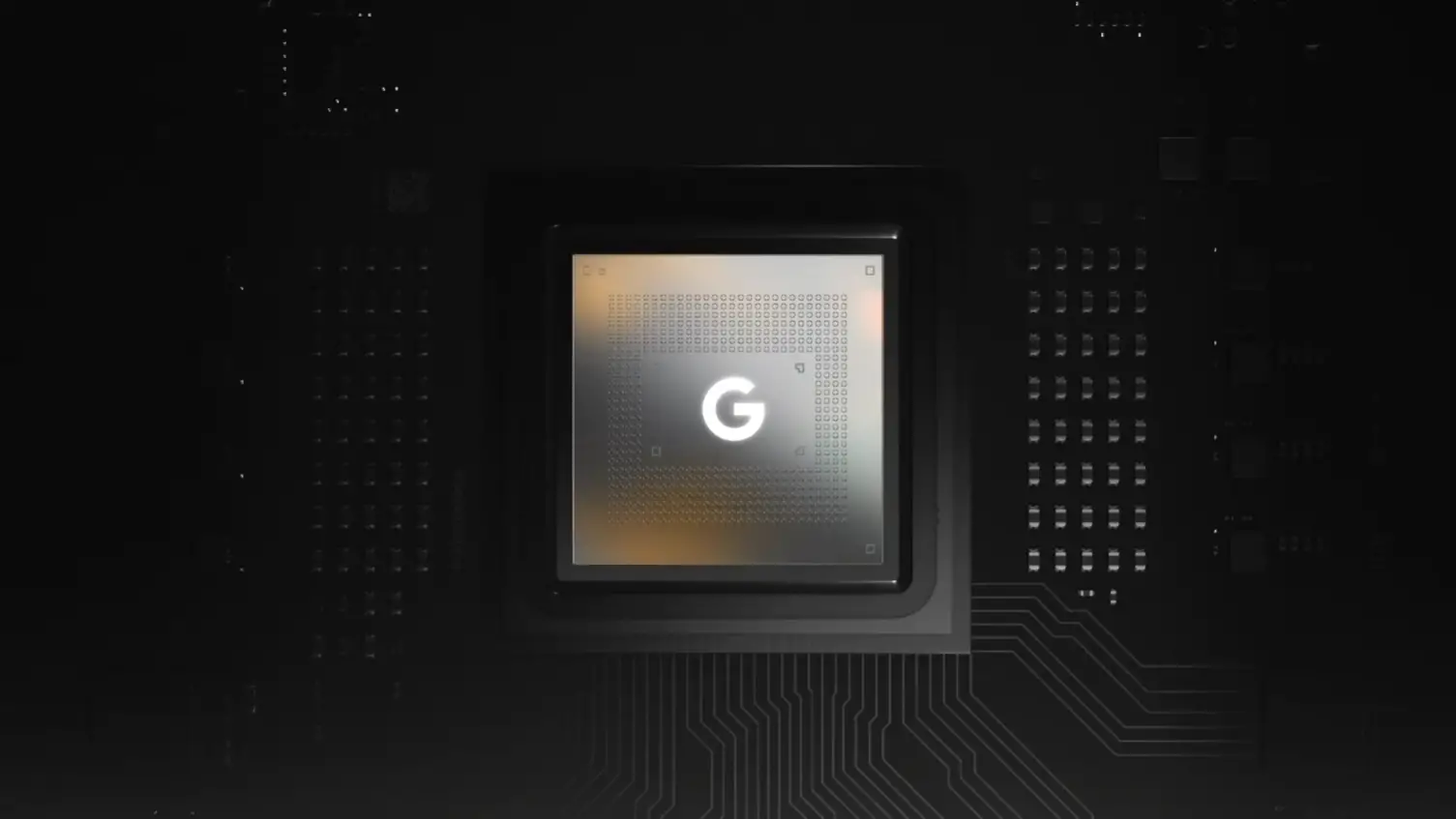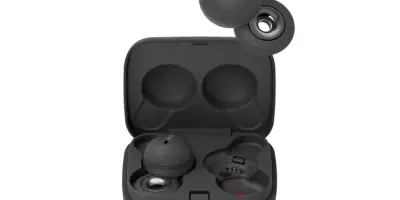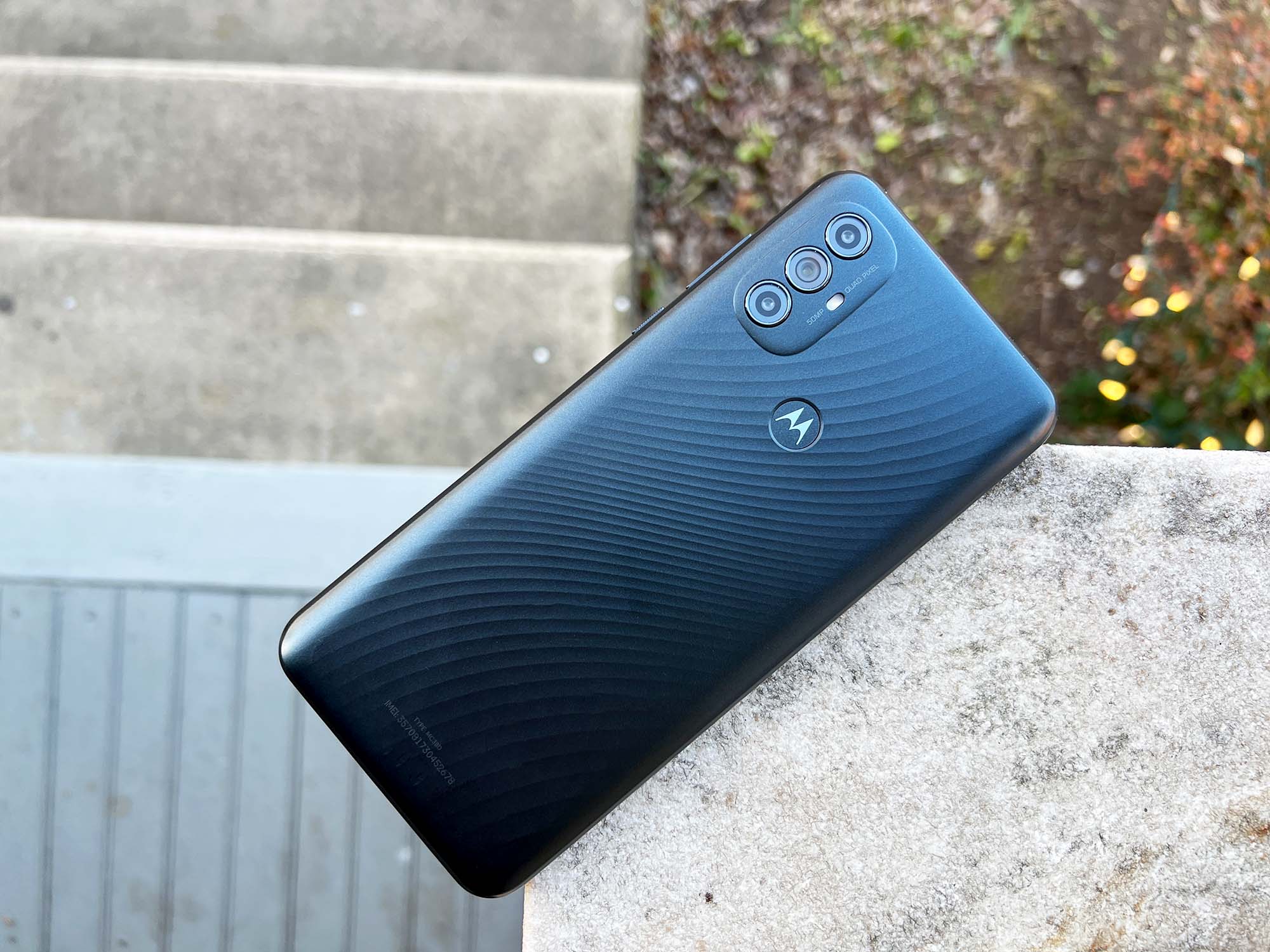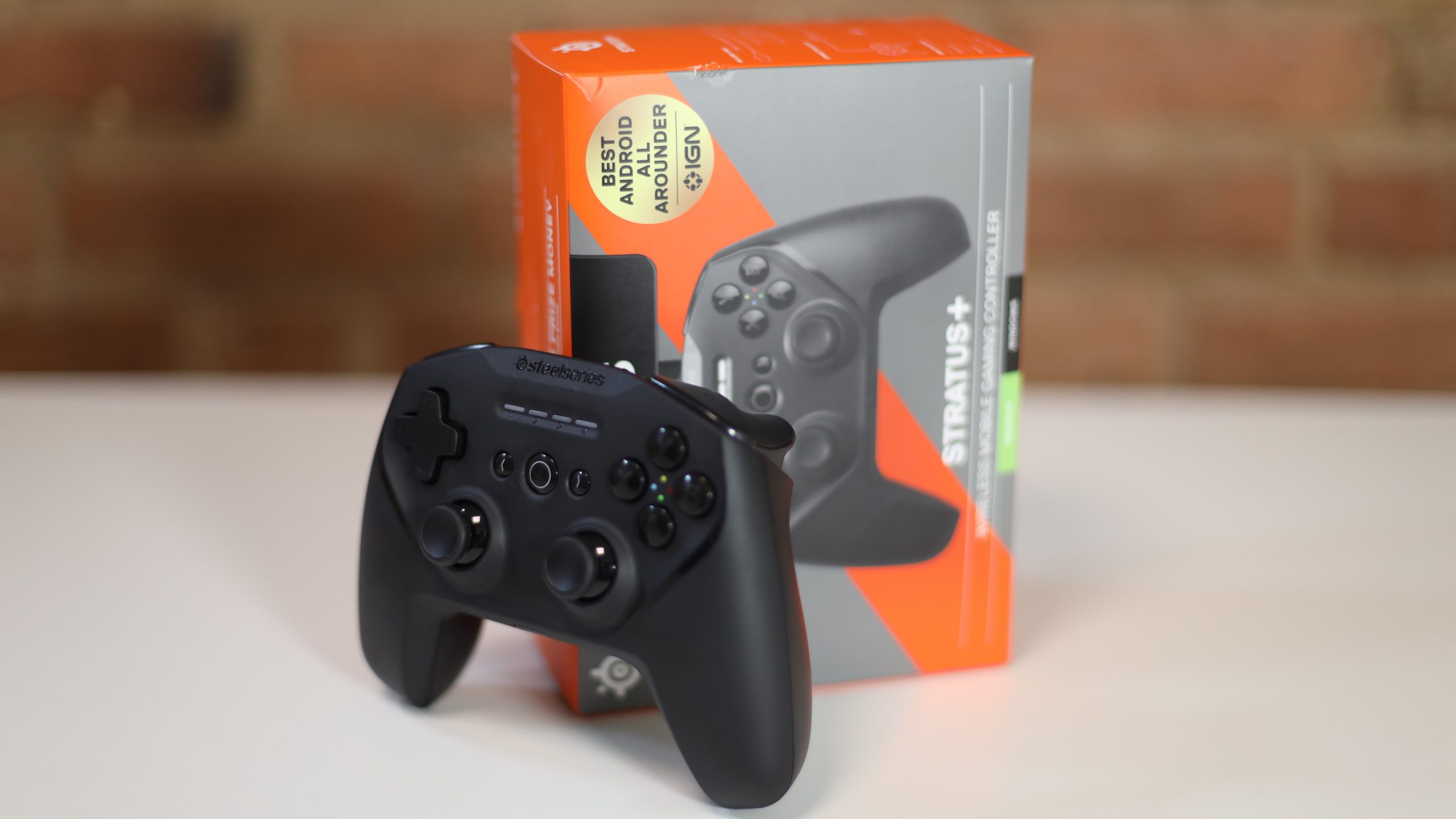While a certain percentage of smartphone users would say that a lot of new devices have essentially “plateaued” as far as performance and design goes, that isn’t always the case, as we’ve seen in the past couple of months. Samsung’s launch of the Galaxy S23 series, as well as new entries from Xiaomi, OnePlus and more have pretty much served as an example of how Android hardware can still improve by using new hardware breakthroughs.
Speaking of Android, the recent confirmation of this year’s Google I/O schedule has finally given us an idea of when we’ll see Google’s next batch of flagship Android phones. With 2023 in full swing, it’s only a matter of time before we get a glimpse of the upcoming Pixel 7a and Pixel 8. And while Google’s Pixel phones have gained a considerable following (especially from enthusiasts), they aren’t exactly the most powerful or consistently impressive devices on the market, especially compared to competing brands.
Save $100 on the Pixel 7 Pro on Amazon!
As a Pixel user myself, I think that Google still has a bit of catching up to do with its rivals, and it goes without saying that the Pixel 8 (or whatever Google eventually decides to call it) has its work cut out for it. Given the recent demise of Stadia, one can’t help but feel somewhat nervous that the Pixel brand might go the way of other Google products, should it not be deemed “successful enough” by the big G. Of course, it’s been seven years now since the first Pixel phone, but you never really know, right?
With that being said, here are some factors that could make or break Google’s next flagship device.
Tensor Performance

With the launch of the Pixel 6 series back in 2021, Google decided that it was going to ditch Qualcomm for its next wave of devices and instead develop its own SoC (in collaboration with Samsung). This resulted in the Tensor chip, which powered the Pixel 6 series, and was followed by the Tensor G2 (launched in 2022) that came with the Pixel 7 devices. However, the G2 was more of a marginal upgrade, offering some slight improvements to performance.
While it was relatively powerful, the Tensor chips are simply outmatched by Qualcomm’s 8 Gen series chipsets, both in paper and actual usage. While one could argue that the Tensor provided a smooth experience overall, other facets such as battery life, heat management, and gaming performance tend to take a backseat with the Tensor and the G2. For example, the S23 Ultra is getting rave reviews about battery life, outlasting even the Pixel 7 Pro on most occasions.
Additionally, the Snapdragon 8 Gen 2 and even some of MediaTek’s new Dimensity chipsets are made using TSMC’s 4nm process, which gives them an advantage over the Tensor G2, which uses a slightly dated 5nm manufacturing process. Google will have to wow us this year should it seek to outpower the top performers from competing OEMs, and a much-needed boost to performance and battery efficiency will no doubt be very welcome.
Camera Hardware
1-inch sensors seem to be one of the biggest mobile hardware upgrades this year, with phones from Vivo, Xiaomi, and Samsung taking full advantage of the technology to provide users with pretty great mobile photography. While Pixel phones do maintain their standing as far as camera performance is concerned, a lot of this is in part due to computational photography, which essentially uses software to improve camera performance.
Currently, Google uses a 50MP main camera in its Pixel 7 Pro, with a 1/1.31-inch sensor size. There’s no doubt that a larger-size sensor will help improve performance, and while it’s not the be-all, end-all factor that decides a smartphone’s fate, there’s little point in purposely getting left behind by competitors. We can only imagine what a more capable sensor coupled with Google’s image processing can achieve, and given the company’s push with imaging features on its phones (magic eraser, motion photos, photo unblur), it only makes sense for Google to adopt this hardware strategy for this year’s Pixel flagships.
Charging Speeds, Biometrics
Another aspect where the Pixel falls short is with charging speeds – the Pixel 7 Pro supports a maximum of 23W charging speeds, which in this day and age is painfully slow especially in a market where phones now come with 240W and even 300W fast-charging support. This slow speed, coupled with the Tensor G2’s somewhat unimpressive battery longevity doesn’t exactly make an appealing case for the Pixel, but at the same time gives Google a chance to up the ante once the Pixel 8 arrives on the scene.
Another point of contention is the fingerprint sensor found on the Pixel 7 devices. Personally, the scanning speed has never bothered me, although a lot of users have voiced their complaints with the accuracy and speed of the in-display sensor on the Pixels, especially when compared to similar hardware from the likes of Samsung and such. Here’s to hoping that the Pixel 8 manages to improve upon this.
Market Availability
![]()
There’s a reason why 2022’s top ten smartphones (in terms of sales, at least) include only iPhones and budget Samsung handsets, and a big reason for this is regional availability, at least in my honest opinion. I’ve written before about how Google needs to market Pixels in more regions worldwide, and while selling Pixels in more countries isn’t an outright guarantee of a sudden boost in international sales, it opens up the Pixel brand to better familiarity and exposure for users who aren’t familiar with Google’s smartphone range.
On the other hand, it’s nice that we’re seeing more effort on Google’s part to market the Pixel in the United States for example. The company has partnered with large organizations such as the NBA, and even released its phones in several countries including the US, UK, Canada, Germany, Spain, Italy, France, Ireland, the Netherlands, Denmark, Sweden, Norway, Japan, Australia, India, Singapore, and Taiwan. Surely, pushing for more international availability can only help propel the Pixel’s reach further.
Build Quality
At the risk of sounding like a nit-picker, another aspect where I think the Pixel can still improve is with regards to build quality and hardware consistency. In the past few months, we’ve seen reports of Pixel 7 screens flickering and cameras cracking for example, and while it isn’t a severely widespread issue, it certainly doesn’t help market the Pixel’s image to potential buyers and even brand veterans.
One could argue that other smartphones from brands like Samsung and Apple have each faced their own issues in terms of build quality, that still doesn’t change the fact that Google occasionally has some problems with quality control. Having owned two Pixel 6 handsets myself, I noticed that one had a more rattly camera sensor, along with a green-tinted display that wasn’t present in my other handset.
Again, it’s not a universally widespread issue, but a commitment to more solid hardware quality is always a big plus for consumers and companies themselves.
Final Thoughts
Before anyone grabs their pitchforks, let me clarify that these are just some personal thoughts, and I still greatly enjoy using my Pixel phones, but who doesn’t enjoy a bit of improvement? Of course, when all is said and done, it’s ultimately Google who has the final say on how the Pixel 8 turns out, and we can only hope as consumers that we see some worthwhile improvements that justifies the asking price.
How about you – do you think Google needs to change its approach with its mobile hardware? Let us know in the comments below.









Comments